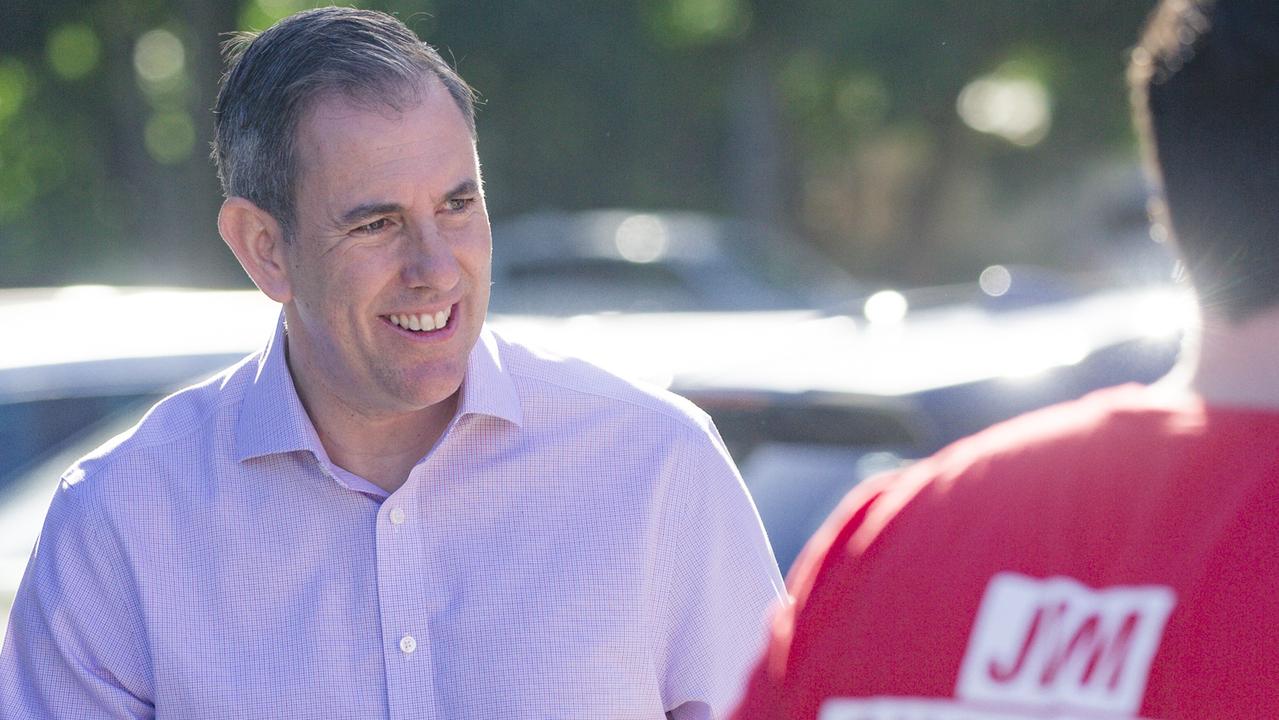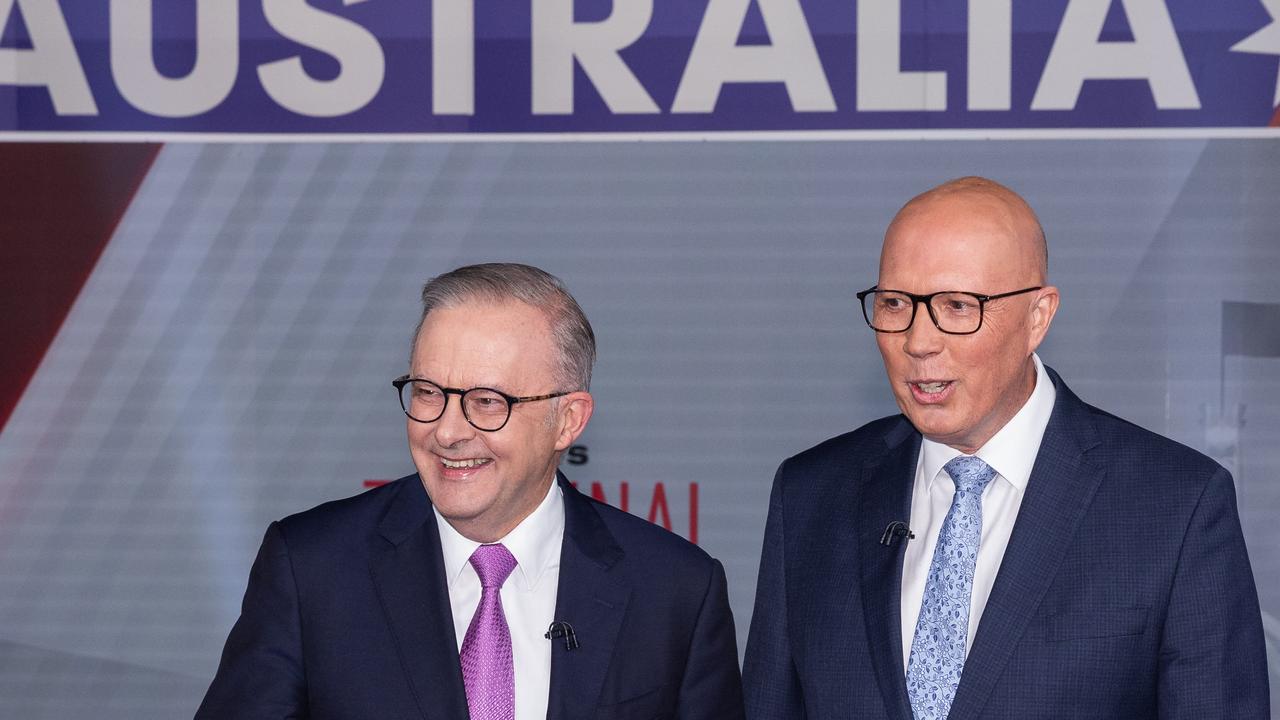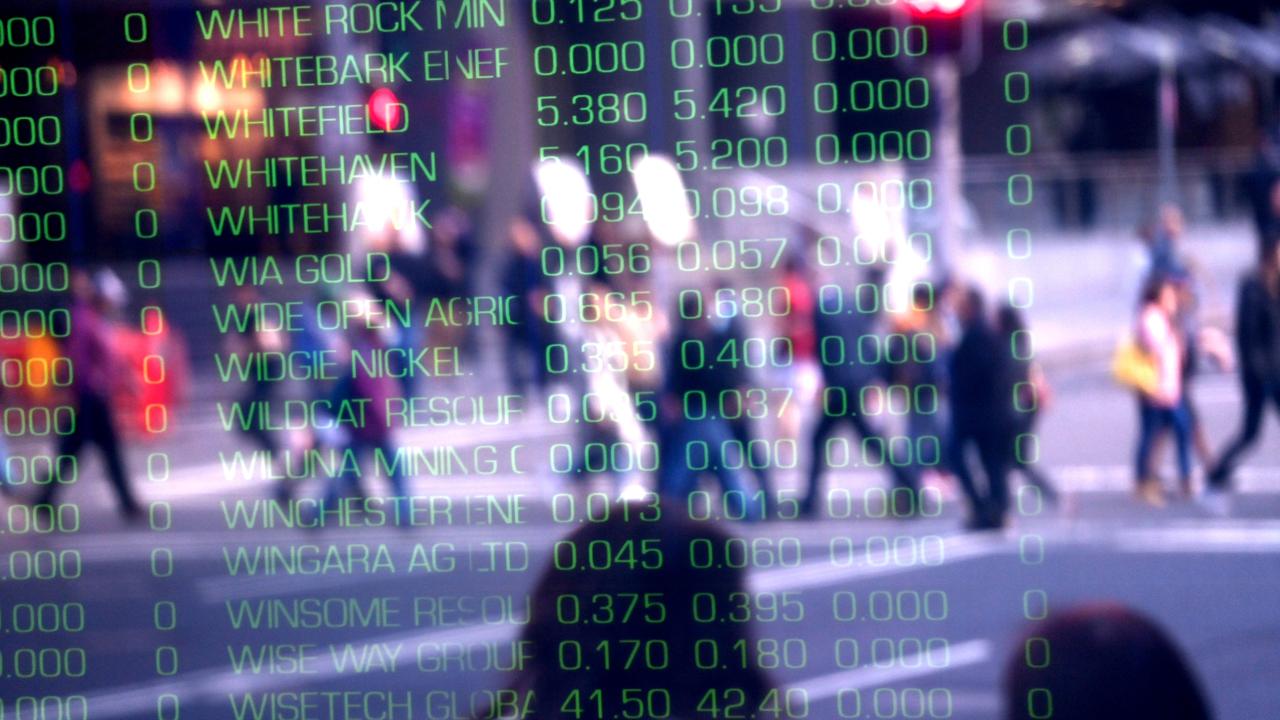Mega mining project that could cripple Australia
A crazy plan to build a mega mine with a 679km railway through the remote African countryside could spell big trouble for Australia.
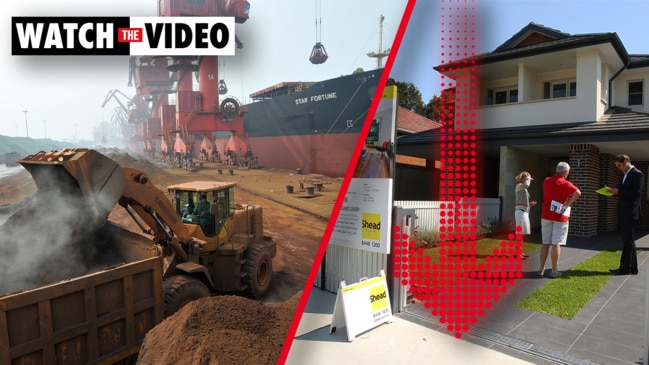
Among the emerald green mountains of West Africa, a mega mine with a complicated past is threatening to unravel Australia’s winning streak on natural resources.
Dubbed the Simandou mine, the massive site in Guinea is one of the largest, highest grade iron ore deposits in the world – having estimated reserves of 2.4 billion tonnes of the stuff beneath the red earth of its exterior.
The eyes of the world’s biggest importer of iron ore, China, have lit up at the prospect of exploiting the remote site, but it could spell big trouble for nations like Australia which make big money from exporting it.
In case you have missed the trials and tribulations of the past few weeks, iron ore – a vital ingredient in steelmaking – has come back to haunt China in a big way.
Although it needs record levels of it to keep pace with its breakneck plan to recover from the pandemic, iron ore has been in short supply.
That means, despite China’s efforts to bring the price down, iron ore has gone from strength to strength.
It rose this week to $US222 ($A290) a tonne – its highest level in four weeks – and it has become particularly hard to swallow for China, which has sought to cut trade ties with Australia over the past year.
That’s because iron ore is Australia’s number one export and China has been left with no choice but to keep on buying it at eye-watering prices.
RELATED: China’s Aussie bans backfiring badly
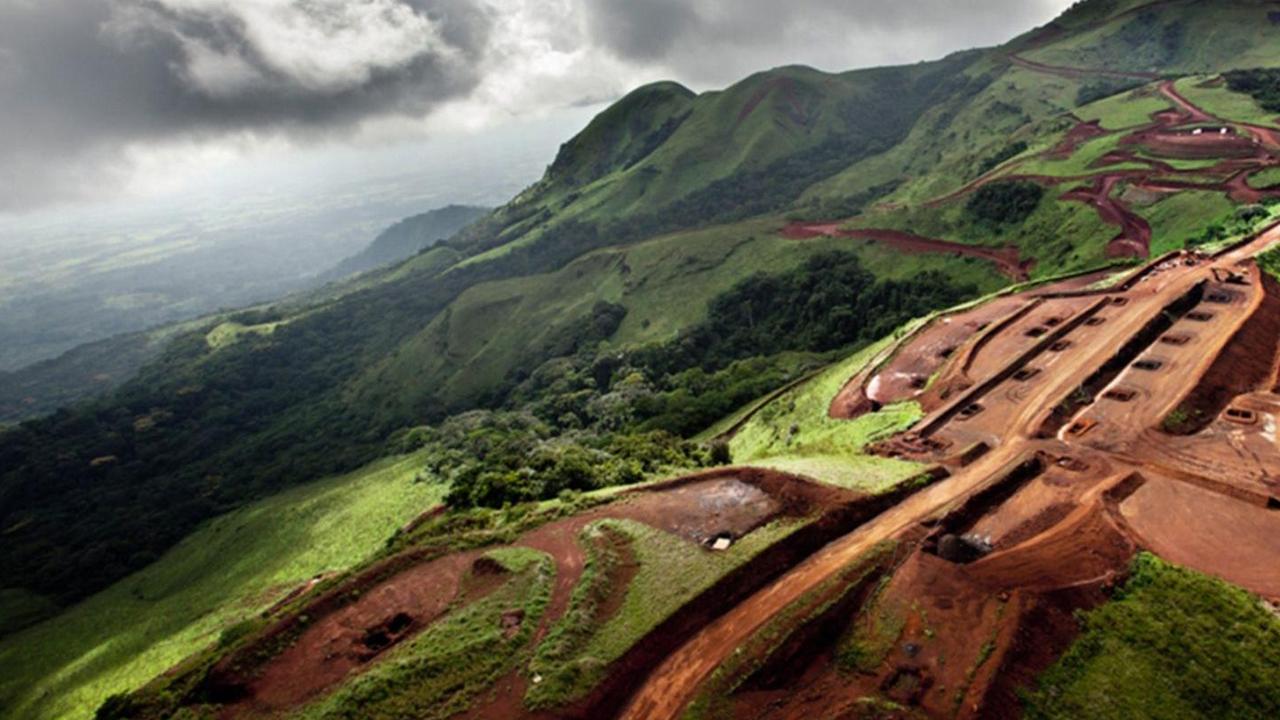
However, Beijing does have a plan to wean itself away from our exports, and a key to it could be the Simandou mine – which would provide one of the best opportunities for China to diversify its supply over the long term.
The mega mine’s potential is so huge that some commentators have suggested it could completely displace Australian iron ore production tonne for tonne or pump so much additional supply into the market that prices would fall off a cliff.
Either outcome would cripple Australia, which currently makes about $A136 billion a year from the export, and see the mega mine become China’s unlikely saviour.
The mine – which has been the centre of turmoil and many mining rights disputes over the years – is currently broken up into many different parts.
Australia’s Rio Tinto has remained a major player since it discovered deposits there in 1995. Concluding it would be uneconomic to develop back in 2015, it changed its mind last year as iron ore prices skyrocketed.
It now owns one half of the deposit with Chinese aluminium giant Chinalco and the Guinean government.
The other half had been held by companies with connections to Israeli mining giant Beny Steinmetz, who hammered out a multi-billion dollar deal with Brazilian major Vale, before they were stripped amid allegations of corruption against Mr Steinmetz.
The Guinean government then handed that half, in a tender, to a consortium of Chinese, Singaporean, French interests and Guinea’s government owned Alumina company.
Their plans for the site are huge – as they gear up to start pumping out ore, with almost all of it going directly to China, by 2025.
RELATED: China’s plan to hurt Aus hits big new snag
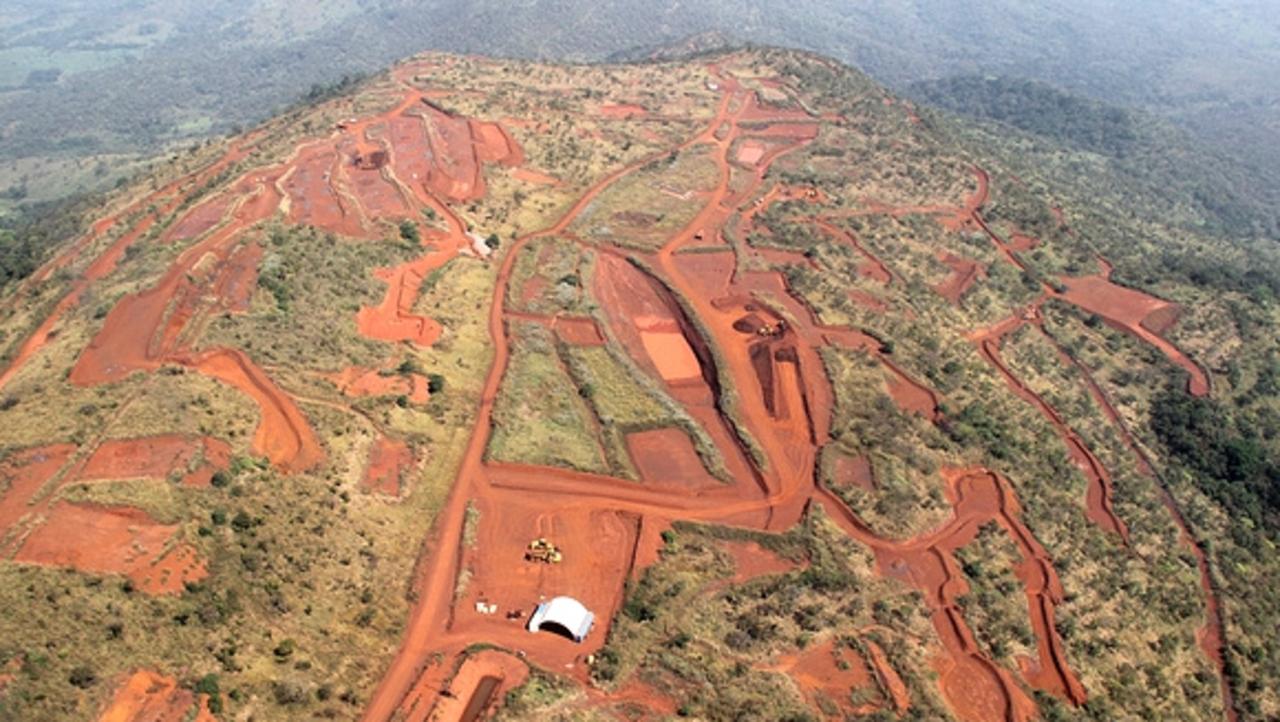
To make that happen, they plan to build a $US14 billion ($A18 billion) railway through the Guinean countryside – the likes of which West Africa has never seen before.
It would carry the precious ore from the mine to the future ore port of Matakong on the Guinean coast – some 679km away.
The rail line could have taken a much shorter route to the sea through neighbouring Liberia, but the Guinean government insists it must go the longer route through Guinea.
African media reports the project is at a standstill as disagreements have arisen over the rail infrastructure’s proposed budget.
It states that China Railways Construction Company (CRCC) is a top contender to construct the nation-building railway line, given its local presence and links to the group’s shareholders, but it is “particularly fussy about many of the clauses” in the project.
Meanwhile, Rio Tinto was supposed to leave Guinea. It sought to sell its shares to its co-shareholder, Chinalco, but they did not strike a deal.
Jakob Stausholm, its new chief executive who was appointed in January, has not yet officially decided on a strategy for the deposits.
Despite the disagreements and technical issues plaguing the development now, the potential for the site is huge given the raw amount of iron ore it holds.
However, experts in Australia say we shouldn’t be too worried about Simandou, for now at least.
Michael Shoebridge, the Director of Defence, Strategy and National Security at the Australian Strategic Policy Institute, told news.com.au the project has been hit by multiple delays already, and that it was supposed to be online way back in 2015.
RELATED: China’s new $81 billion blow to Australia
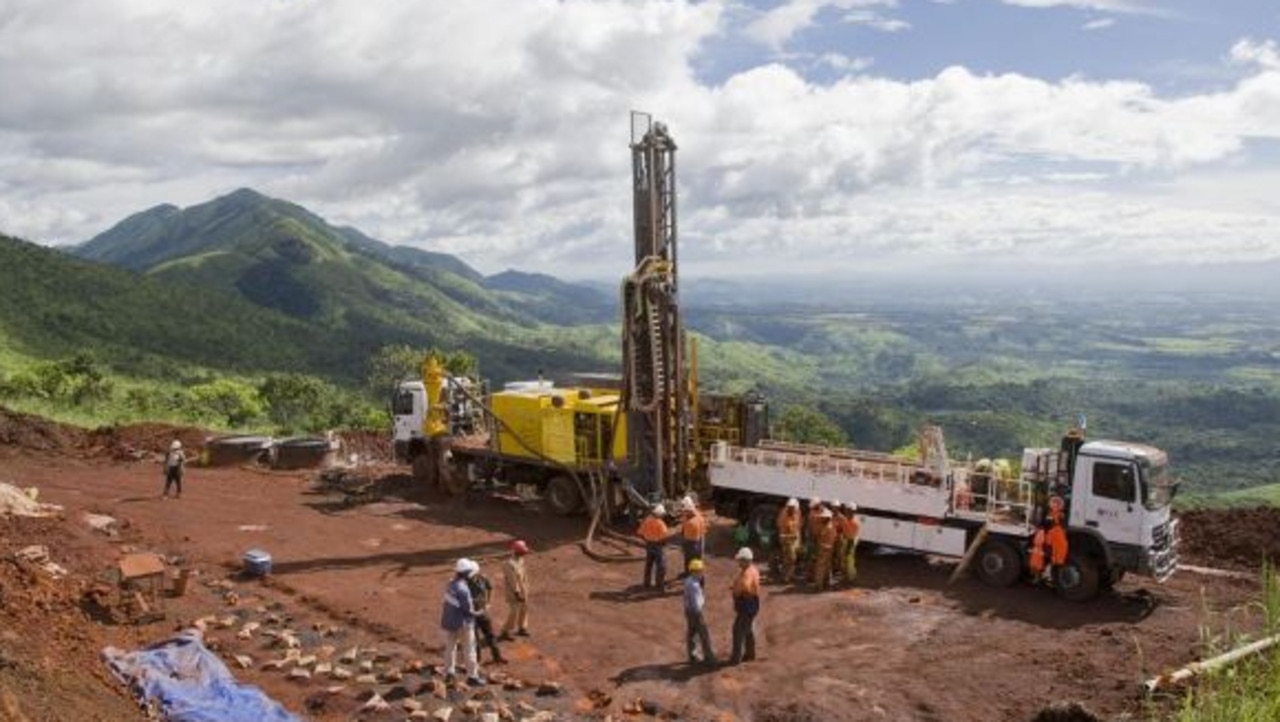
“If it does go into production, its scale and output is a fraction of Australian supply and a fraction of Chinese demand. It’s more likely to displace smaller, higher cost suppliers than Australia’s,” he said.
“And it’s a riskier, more difficult, sovereign risk and production environment, which will drive costs higher.”
He said Australian producers should be “alert but not alarmed” by what is happening in Guinea.
“They should also proceed with smart diversification away from the single China market as rapidly as possible,” he said.
“Even without the growing risks from Beijing, Australia needs our ore producers to diversify to clean steel as pressure grows to reduce industrial emissions from steelmaking anyway.”
Iron ore market expert and Magnetite Mines director Mark Eames told Stockhead bringing Simandou into production would be more complicated than many analysts believed.
He was involved on project development in Africa with Xstrata and Glencore and warned the history of African iron ore developments showed it would be no easy task to bring it online by 2025.
“Even if you could get through all of this mess of corruption, government relations, history and even if it proved to be economic, and the last design Rio did proved not to be economic, you’ve still got 8-10 years even if it’s physically possible for all of that ore to reach market,” he told Stockhead.
“And even after all of that you’ve got in the order of 60-70 million tonnes, which is not going to move the dial.
“In my opinion, the people who talk about Simandou have absolutely no idea of the practical challenges or the real issues involved in developing that resource.”


